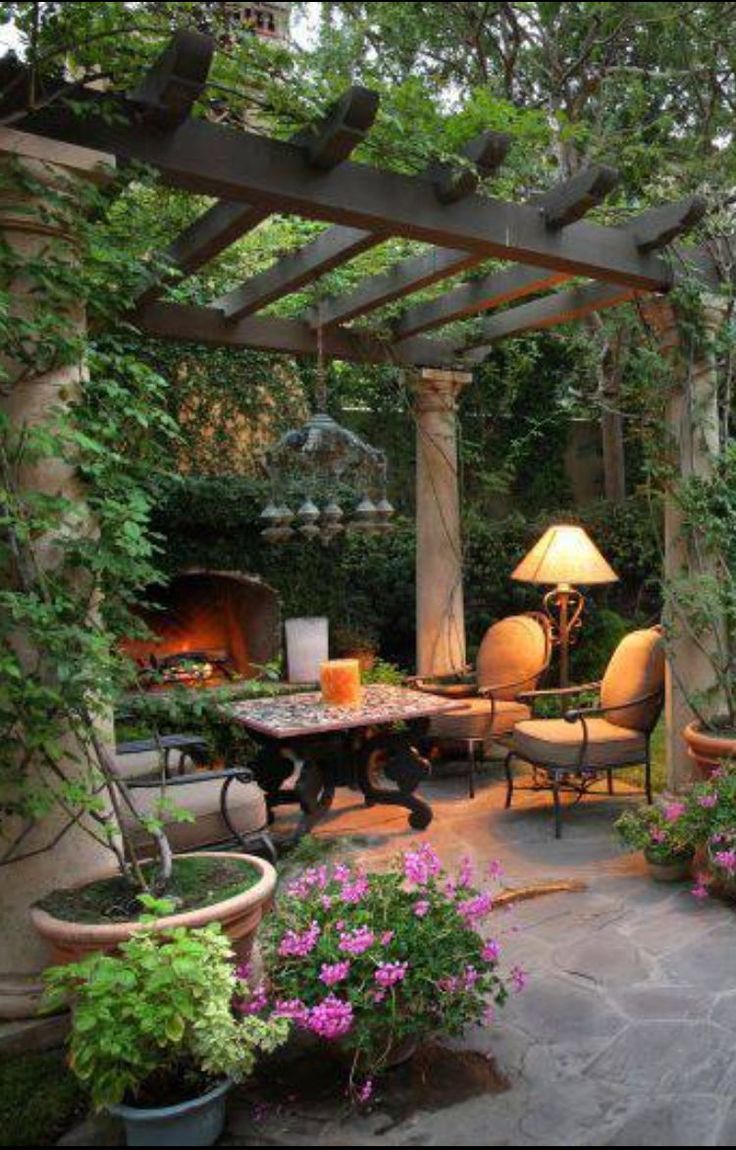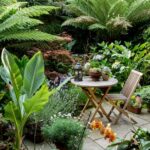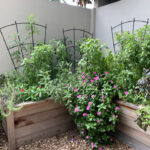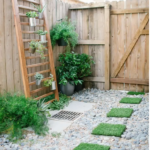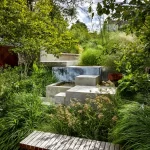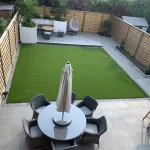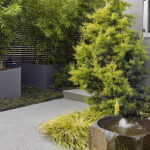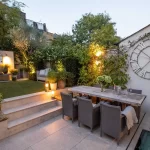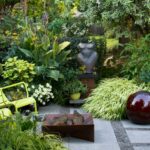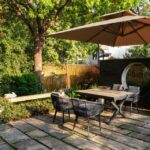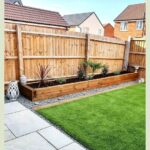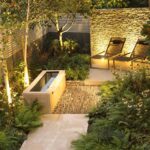When it comes to designing a small garden, every inch of space counts. By implementing some smart design strategies, you can create a beautiful and functional outdoor oasis, no matter the size of your yard. One important consideration when planning a small garden is to focus on vertical space. Utilizing trellises, hanging planters, and vertical gardens can help maximize your growing space without taking up valuable square footage on the ground.
Another key aspect of small garden design is to create different zones within the space. By dividing your garden into distinct areas for dining, lounging, and gardening, you can make the most of the available space and create a sense of flow throughout the garden. Introducing elements like pathways, borders, and seating areas can help delineate these zones and create a sense of cohesion within the space.
Incorporating plants that serve a dual purpose can also be beneficial in a small garden design. For example, choosing plants that not only look beautiful but also attract beneficial insects or provide food can help make the most of the limited space available. Additionally, selecting plants that are well-suited to small gardens, such as compact varieties or those that can be grown in containers, can help ensure a successful and visually appealing garden.
Utilizing containers is a great way to add color, texture, and interest to a small garden. Container gardening allows you to easily move plants around, experiment with different combinations, and create focal points in your garden. By choosing a variety of container sizes, shapes, and materials, you can add visual interest and create a dynamic and versatile outdoor space.
Incorporating lighting into your small garden design can help extend the usability of the space into the evening hours. Whether you choose to install outdoor string lights, solar-powered lanterns, or landscape lighting, adding illumination can create a cozy and inviting atmosphere in your garden. Additionally, lighting can highlight key features of your garden, such as plantings, pathways, or water features, and create a sense of ambiance.
Finally, don’t forget to consider the overall aesthetics of your small garden. By selecting a cohesive color palette, coordinating materials, and incorporating elements of symmetry and balance, you can create a visually appealing and harmonious outdoor space. Whether you prefer a formal, structured design or a more natural, organic look, taking the time to plan and consider all aspects of your small garden design can help you create a truly special and enjoyable outdoor retreat.
